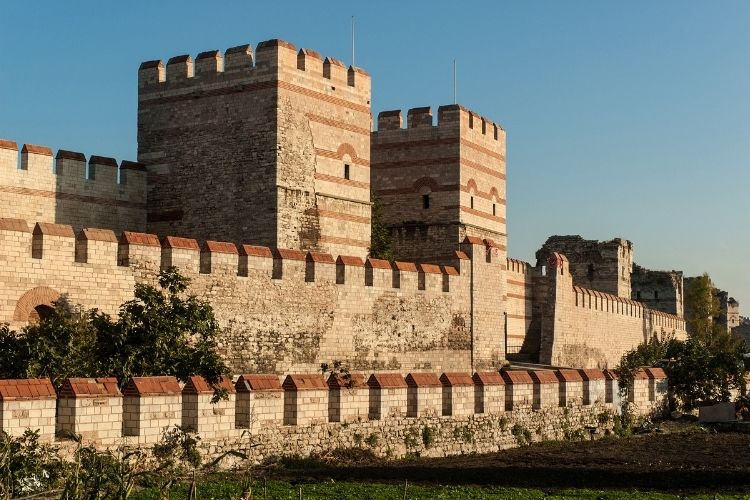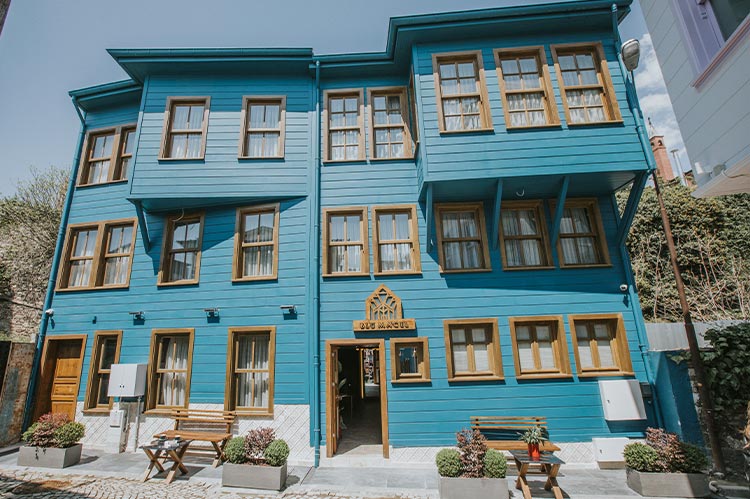
Istanbul's ancient city walls, remnants of a bygone era, stand as silent witnesses to the city's rich and tumultuous history. These formidable fortifications, which once defined the boundaries of Constantinople, the capital of the Byzantine Empire, continue to fascinate historians, archaeologists, and travelers alike with their architectural grandeur and historical significance. This blog delves into the history, importance, and current state of these ancient walls, exploring their role in shaping the destiny of one of the world's most enchanting cities.
The Historical Tapestry of Istanbul's City Walls
The origins of Istanbul's city walls can be traced back to the 4th century when Emperor Constantine the Great decided to expand the boundaries of the then-new capital of the Roman Empire. The initial construction laid the foundation for what would become one of the most formidable defensive systems of the ancient world. Over the centuries, the walls were expanded, rebuilt, and fortified by successive emperors, culminating in the Theodosian Walls built by Emperor Theodosius II in the 5th century. These walls were designed to protect Constantinople against burgeoning threats from both the east and the west.
Spanning over 6 kilometers from the Golden Horn to the Sea of Marmara, the Theodosian Walls were a marvel of military architecture that consisted of a double-wall defense system complemented by a moat. The inner wall stood at an impressive height of about 12 meters, reinforced by 96 towers, providing a formidable barrier against any would-be invaders. This defense system was so effective that it safeguarded Constantinople from sieges and attacks for over a thousand years, contributing to the city's reputation as an impregnable fortress.
The Walls' Significance in History and Culture
The walls of Istanbul are not merely physical structures; they are symbols of the city's resilience and strategic importance throughout history. They witnessed the rise and fall of empires, the spread of Christianity, the schism of the Roman Empire, and the dawn of the Ottoman era. The walls also played a critical role in the Fourth Crusade, where, despite their strength, they were breached due to internal betrayal rather than military defeat.
In 1453, the ancient city walls finally succumbed to the forces of Sultan Mehmed II, marking the end of the Byzantine Empire and the beginning of a new era under Ottoman rule. This event is not only a significant historical moment for Istanbul but also a turning point that reshaped the geopolitical landscape of the world.
The Current State and Preservation Efforts
Today, Istanbul's ancient city walls are recognized as a UNESCO World Heritage site, reflecting their global significance and the need for their preservation. Despite their resilience, the walls have suffered from natural disasters, pollution, and neglect over the centuries. Conservation efforts have been implemented to restore and protect these historical treasures, but challenges remain. Urban development pressures, environmental factors, and the sheer scale of the walls make preservation a daunting task.
Recent restoration projects have focused on stabilizing and repairing the most vulnerable sections of the walls, with an emphasis on maintaining historical accuracy and integrity. These efforts are crucial for ensuring that future generations can witness and appreciate the historical and architectural significance of the walls.
A Monument to History and Resilience
Istanbul's ancient city walls are more than just a historical monument; they are a testament to human ingenuity, resilience, and the enduring spirit of a city that has stood at the crossroads of history for millennia. As we walk along the remnants of these walls, we are walking through the pages of history, connecting with a past that continues to shape the identity and soul of Istanbul. The preservation of these walls is not just a matter of conserving stone and mortar; it is about preserving the legacy of a city that has been a beacon of culture, religion, and civilization throughout the ages.
The ancient city walls of Istanbul remind us of the constant interplay between destruction and renewal, challenge and resilience. They invite us to reflect on the past while looking forward to the future, inspiring us with their enduring strength and beauty.







